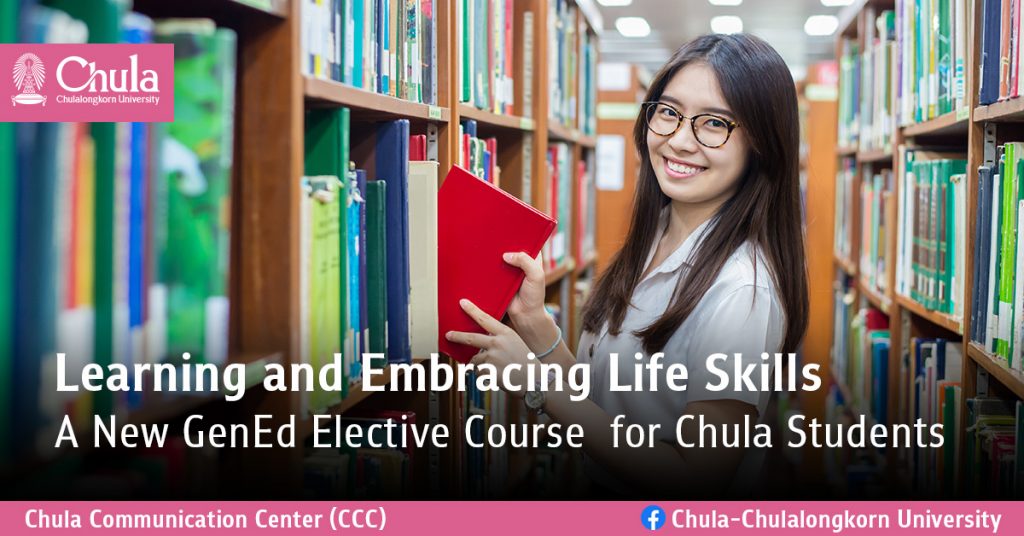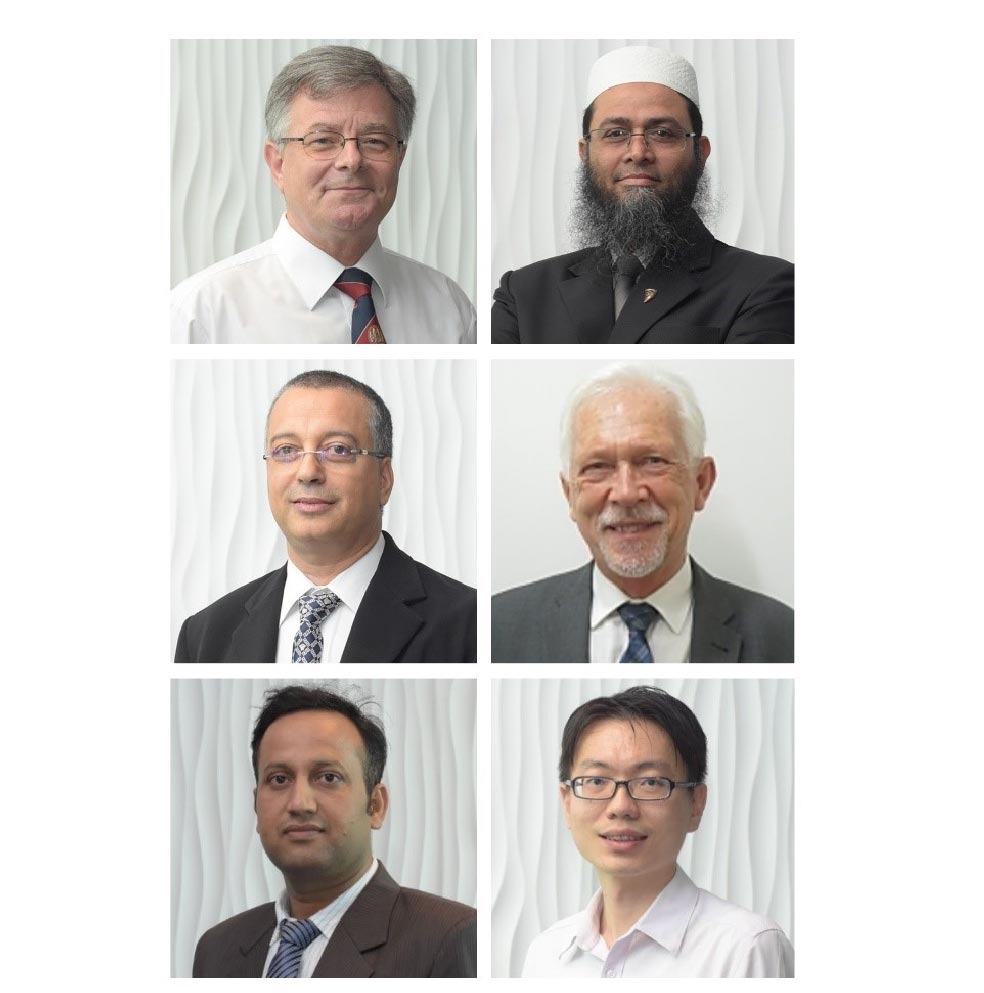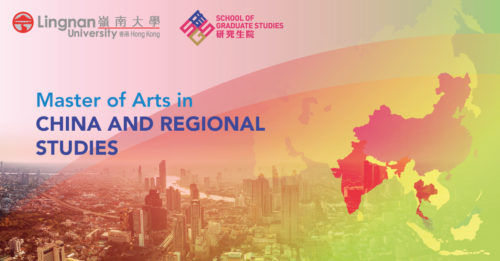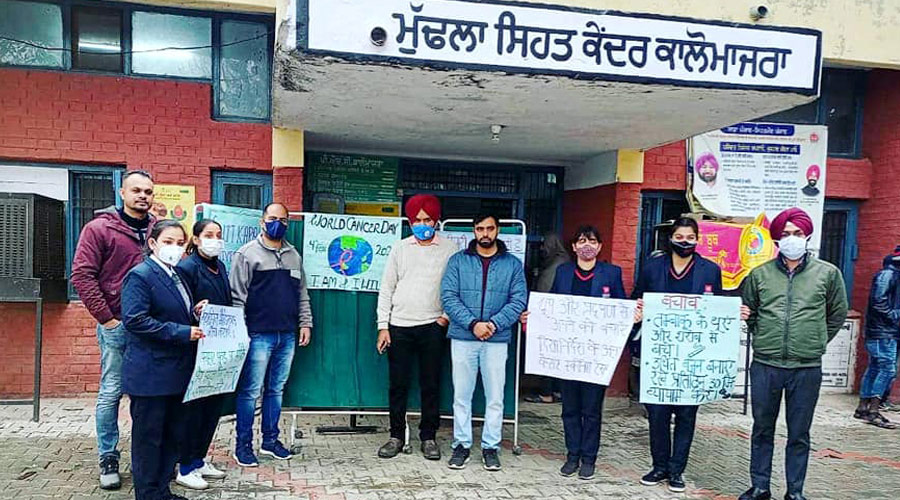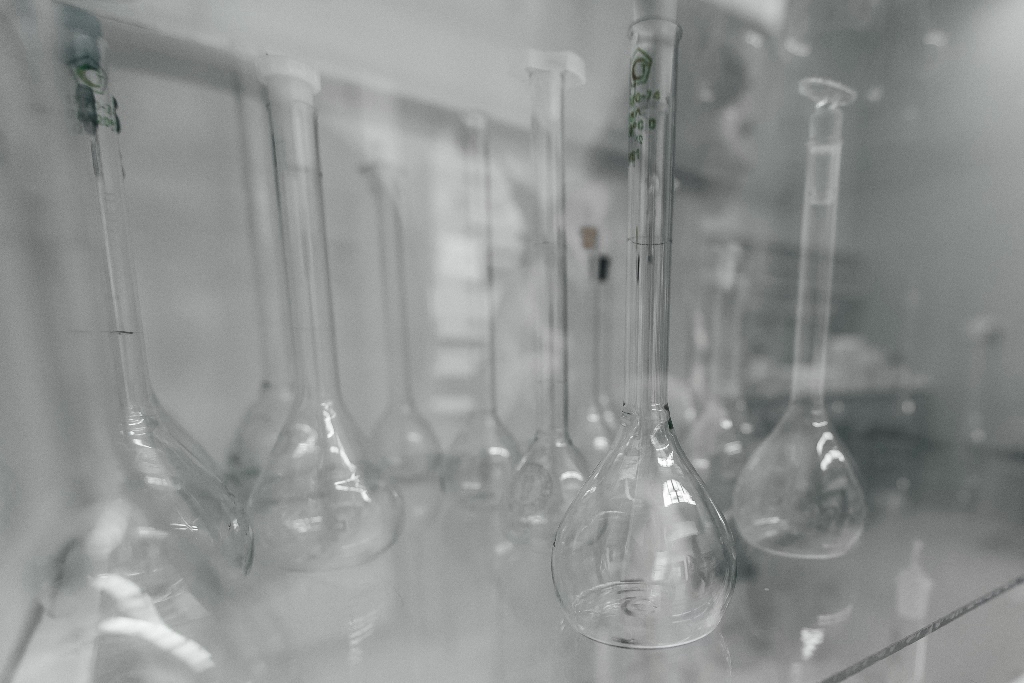On the occasion of the 82nd anniversary of Thammasat Business School, Thammasat University has collaborated with Creden Asia Co.Ltd., a business information provider, to build TBS Triple C platform. The 3C represents “Cash Conversion Cycle” or financial cycle that compiles the liquidity index of all businesses across the country and, for the first time, such information is accessible to everyone without any cost.
Data from almost 500,000 companies has been collected and processed as a “TBS Triple C” index. TBS Triple C index is used to understand the liquidity of the business, especially with an economic condition that the suppliers are lacking liquidity.
“Normally, this index is used to observe liquidity of members in the Supply Chain. However, this year, Creden, a financial service provider, showed information of 500,000 companies that registered under the Ministry of Commerce in terms of national level, regional level, provincial level and business sector as each of them is distinct,” said Associate Professor Dr. Ruth Banomyong, Dean of Thammasat Business School, Thammasat University.
“Moreover, we can also look at the company’s size and found that some areas are adverse in terms of financial status or company’s scale. The biggest problem for SMEs or Start-Up is money as they need to have money or cash generation procedure in order to survive”, Dr. Banomyong added.
Mr.Thanit Kuneepong, Business Data & Strategy, Creden Asia Co.Ltd., revealed, “In the future, the company plans to collect data from TBS Triple C and uses it to evaluate loans for businesses, to utilize for drafting governmental policy, or to assess business competitiveness. The data that the company acquired has been collected for a number of years. Therefore, this index will indicate how well large and small businesses are doing via creden.co/creditscore website.”
“When we open the website, we can look for data from all companies in Thailand. We can see who the director of the company is, when it is registered, the status of its financial, cash flow, etc,” he added.
Triple C data is available and accessible for everyone who desires to know where it stands and where the competitors are. There are two types of published data. Firstly, macro data is the data from NESDC, Bank of Thailand, and Ministry of Commerce. Secondly, intellectual data is the consumer’s confidence survey which is based on their perceptions.
“What we lack is the knowledge of organization’s financial data since, in the past, these data are normally disclosed to the public. To be able to access these kinds of information, it will enable small and medium entrepreneurs to understand their positions in the business and among their competitors and able to improve their business strategies and growth plan,” he concluded.





